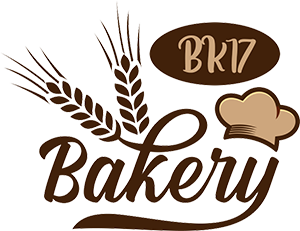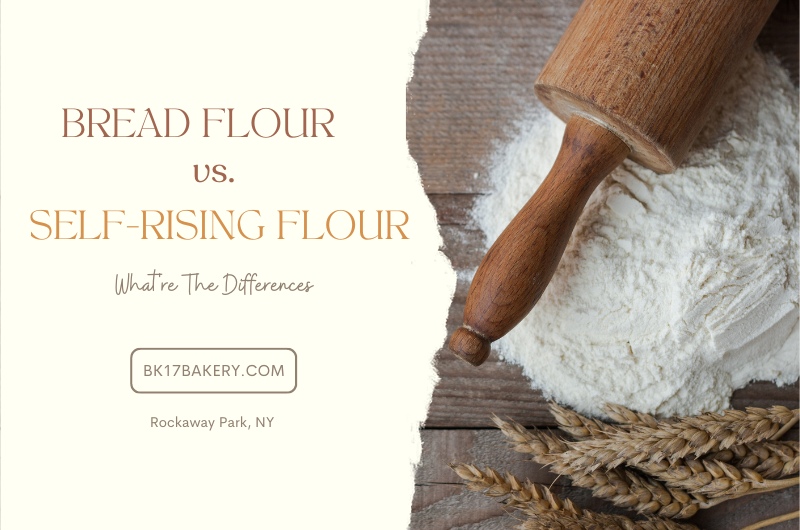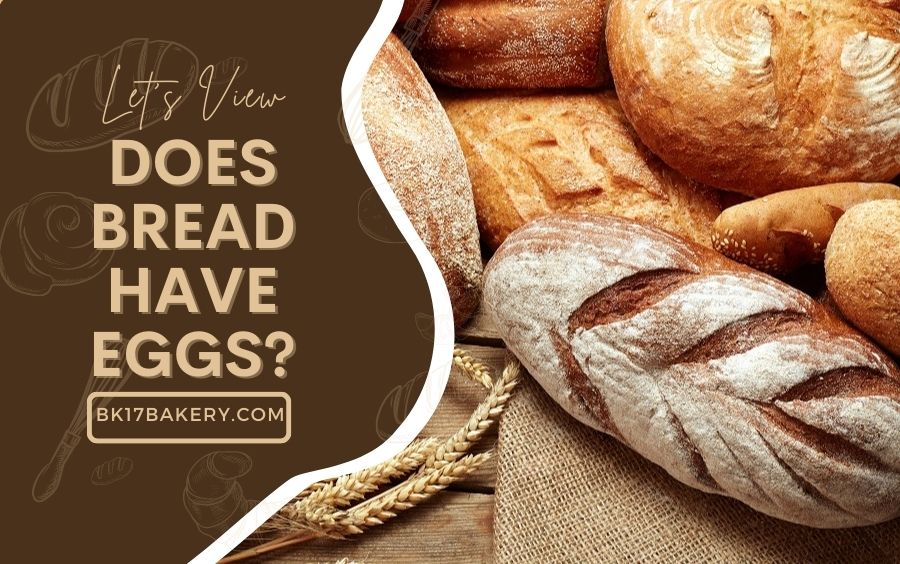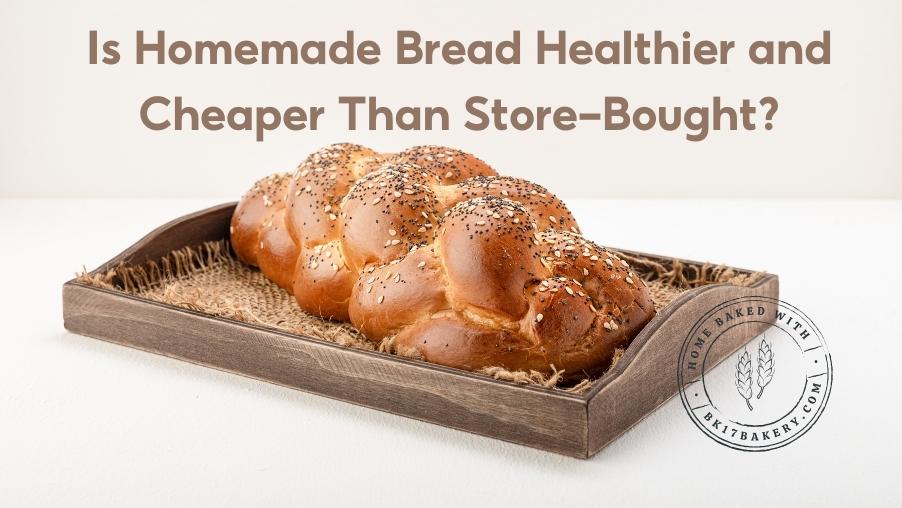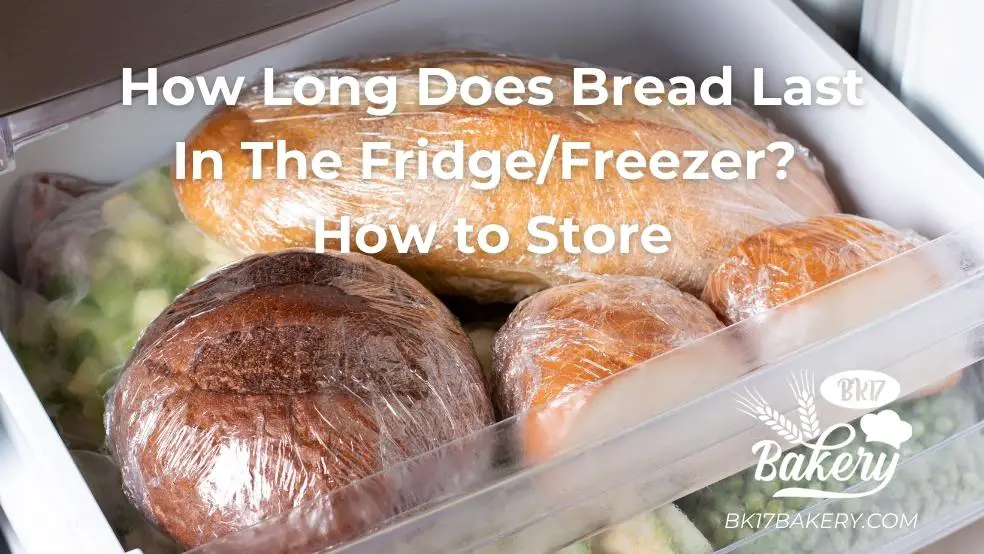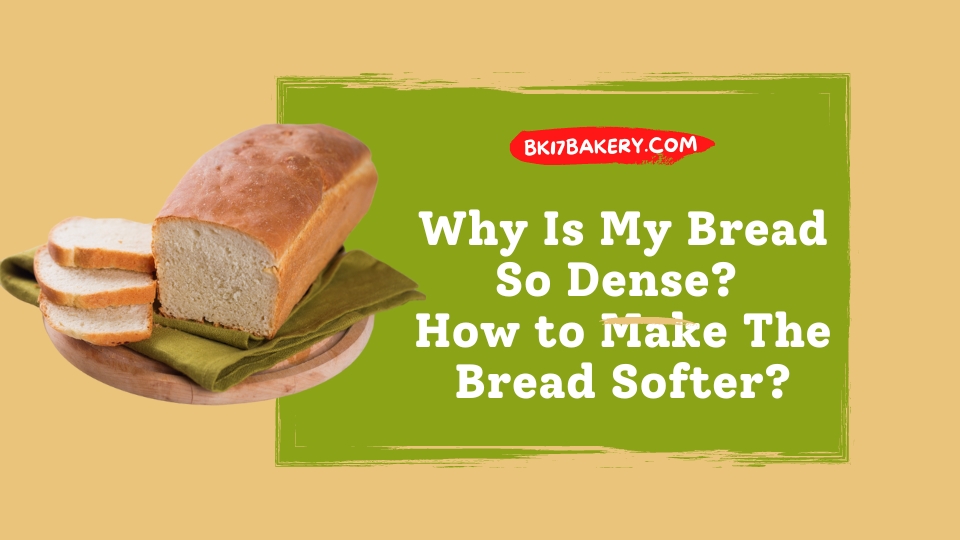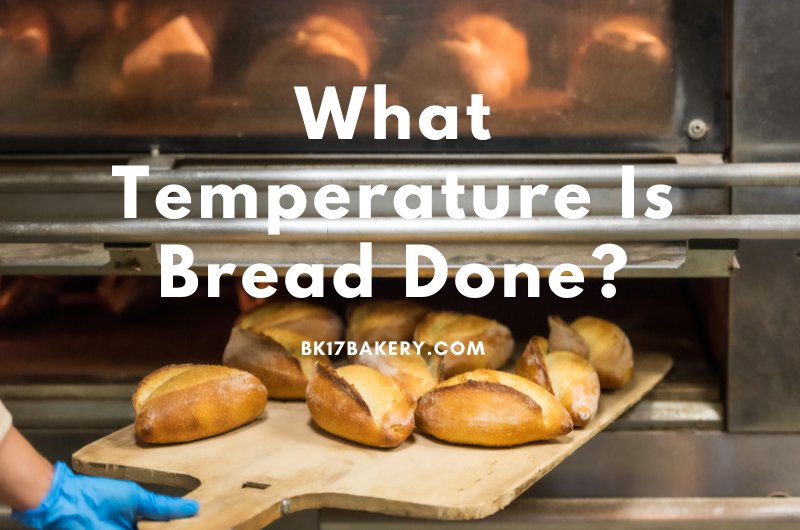With so many different types of flours crowding the baking aisle, it’s understandable if you feel a bit overwhelmed.
Bread flour and self-rising flour are two types you’ve probably come across, but do you know the differences between them?
They both exist for a reason. Here I’ll try to clear up the confusion for you and help you understand what sets them apart and whether, for example, you can use self-rising flour instead of bread flour.
In This Article
What is Bread Flour?
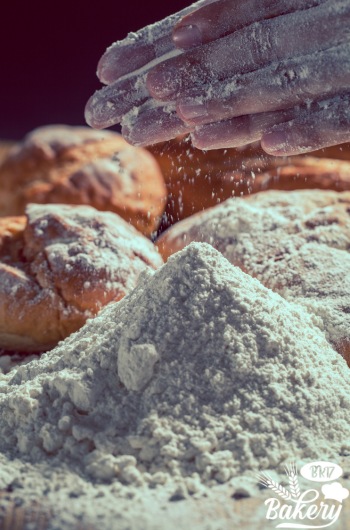
Bread flour is a staple in many kitchens, mine included. It’s typically a strong wheat flour made from hard red spring wheat.
This particular variety is celebrated for its higher protein content than soft wheat, which directly translates into the abundance of gluten in bread flour.
Boasting a high protein content between 12 to 14 percent, this type of flour is the go-to choice for many bakers aiming for hearty, chewy bread.
The high protein content isn’t just for show; it plays a crucial role in creating that classic bread texture we all know and love.
When I mix my dough and start kneading, the proteins in the flour start to form gluten. This key is a network of proteins that gives our bread structure and that characteristic chewy texture.
With bread flour’s higher protein content, this gluten formation is supercharged, resulting in bread with superior texture and structure.
The wheat varieties used to make bread flour also give it a larger grain size.
In my experience, this coarser texture isn’t just a feel under your fingertips – it plays an active role in the baking process. The larger grain size helps the flour absorb more water, which, in turn, boosts gluten formation even further.
Finding this versatile flour isn’t a tall order – it’s readily available in most grocery stores, often situated right next to its relative, all-purpose flour.
What is Self-Rising Flour?
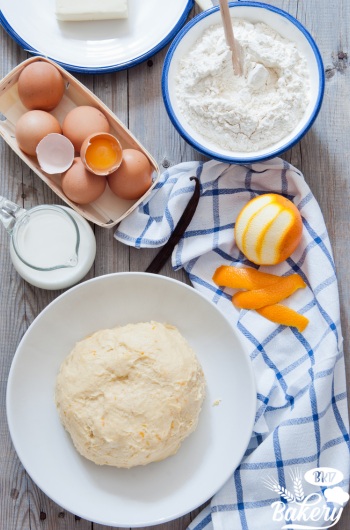
Also known as self-raising flour, this is another member of the flour family that often causes a bit of confusion.
In essence, self-rising flour is a multi-tasker, combining all-purpose flour, a leavening agent (baking powder), and salt. The ingenious blend makes it an incredibly handy ingredient, especially for those moments when you’re aiming for simplicity and ease in your baking process.
It was first introduced in the UK in the 19th century as a reliable, hassle-free ingredient for making bread and other baked goods. Today, you can find it on most supermarket shelves, although it’s more popular in some parts of the world, like the American South, than others.
Self-rising flour has a more tender and fluffier texture compared to other flours, courtesy of the lower protein content (about 8-9%).
This makes it perfect for recipes that require a lighter texture. I usually use it in biscuits, pancakes, and some cakes. Its leavening power comes from the baking powder, which releases carbon dioxide when heated, giving my baked goods that lovely rise.
Is Bread Flour the Same as Self-Rising Flour?
No, they’re not the same. Self-rising flour is mixed with a leavening agent and salt, so it can rise without yeast or baking powder. Bread flour is richer in protein and gluten content but needs a leavening agent to rise.
Protein and Gluten Content
The first and perhaps the most crucial difference between bread flour and self-rising flour lies in their protein contents. And this directly impacts the amount of gluten and dough elasticity in your baked goods.
Bread flour boasts a high protein content, usually hovering around 12-14%.
I still remember the first time I swapped self-raising flour for bread flour in my bagel recipe. The difference in the level of gluten was noticeable – they turned out chewy and heartier, all thanks to the increased gluten content.
On the other hand, self-rising flour generally has a protein content closer to that of all-purpose flour. As a result, it creates lighter, softer baked goods.
Leavening Agents
The second key difference between self-rising flour and bread flour is the presence of leavening agents.
Traditional bread flour is simply milled wheat with no additional components. It’s a blank canvas, allowing you to have full control over the leavening process.
You’re free to decide whether to add yeast, baking powder, or baking soda, depending on the recipe and desired end result.
Meanwhile, self-rising flour is a bit of a handy shortcut in the baking world. It comes pre-mixed with leavening agents, typically baking powder, and a bit of salt.
Usage
The choice between bread flour and self-rising flour can boil down to the kind of baked good you’re planning to whip up.
Bread Flour
As an avid professional baker myself, I’ve often experimented with substituting bread flour for all-purpose flour in many recipes. I’ve found that this switch works wonders where a chewy texture and sturdy structure are the end goal.
Think crusty baguettes, sourdough bread, pizza dough, bagels – basically anything that you want to have that ‘bite.’
If you’re planning to whip up a homemade pizza and want that perfect pull-and-bite in your crust, bread flour is your secret weapon. Its high protein content and resultant gluten formation work like a charm to achieve that sought-after chewiness.
However, not every baked good benefits from this robust texture.
In the case of delicate pastries or tender cakes, bread flour can be a bit of a party crasher. The higher protein content means more gluten, which can lead to a denser and tougher outcome – not quite what you’re looking for in a fluffy cake or a tender, flaky pastry.
Self-Rising Flour
On the flip side, this low-protein flour is your go-to for a softer, lighter texture. For instance, I prefer it when making fluffy pancakes, tender biscuits, or muffin recipes.
It’s also a boon when you’re looking for a quick and convenient baking solution without the need for extra leavening ingredients. Trust me – it can save the day when you’ve run out of baking powder for pie crust, for example.
That said, I’ve found that self-rising flour isn’t a great fit for every baking project.
For instance, if you’re making yeast bread, it’s best to steer clear of self-rising flour. The baking powder could interfere with the yeast’s leavening abilities and lead to a denser loaf.
Also, it’s not the best choice for recipes that call for a substantial amount of additional baking powder or soda. The proportions might get a bit out of whack and impact the final result.
Frequently Asked Questions
What Flour Is Best For Bread: Plain or Self-Raising?
The best flour for bread depends on the type of bread you intend to bake.
For chewy, hearty bread types like baguettes or pizza dough, bread flour, a type of plain flour, is the top choice due to its high protein content. However, for softer, lighter bread or quick breads, you might opt for self-rising flour as it already contains leavening agents.

Can I Use Self-Rising Flour Instead of Bread Flour?
No, self-rising flour and bread flour are not interchangeable.
As my comparison has pointed out, their differences in protein level and the presence of leavening agents in self-rising flour mean they will produce significantly different results.
If you try to use self-rising flour when your recipe calls for bread flour, the resulting baked goods may be lighter and puffier than expected and may also lack the desired chewy texture.
What Is the Substitute for Bread Flour?
Whenever I find myself out of bread flour, all-purpose flour is always a good replacement. While it has slightly less protein content, all-purpose flour can still yield a reasonably good loaf of bread.
To mimic the higher protein content of bread flour, you could add a touch of vital wheat gluten to all-purpose flour if you have it on hand – usually about 1 teaspoon per cup of flour. But even without this addition, your bread will still turn out pretty tasty, albeit with a slightly less chewy texture.
Summary
Knowing the difference between bread flour and self rising flour, you’ll be armed with all the necessary knowledge and suggestions to make a better decision.
Also, feel free to experiment and explore with different flours. Who knows – you might stumble upon a new favorite recipe! When that happens, don’t forget to share that with your fellow readers below.
